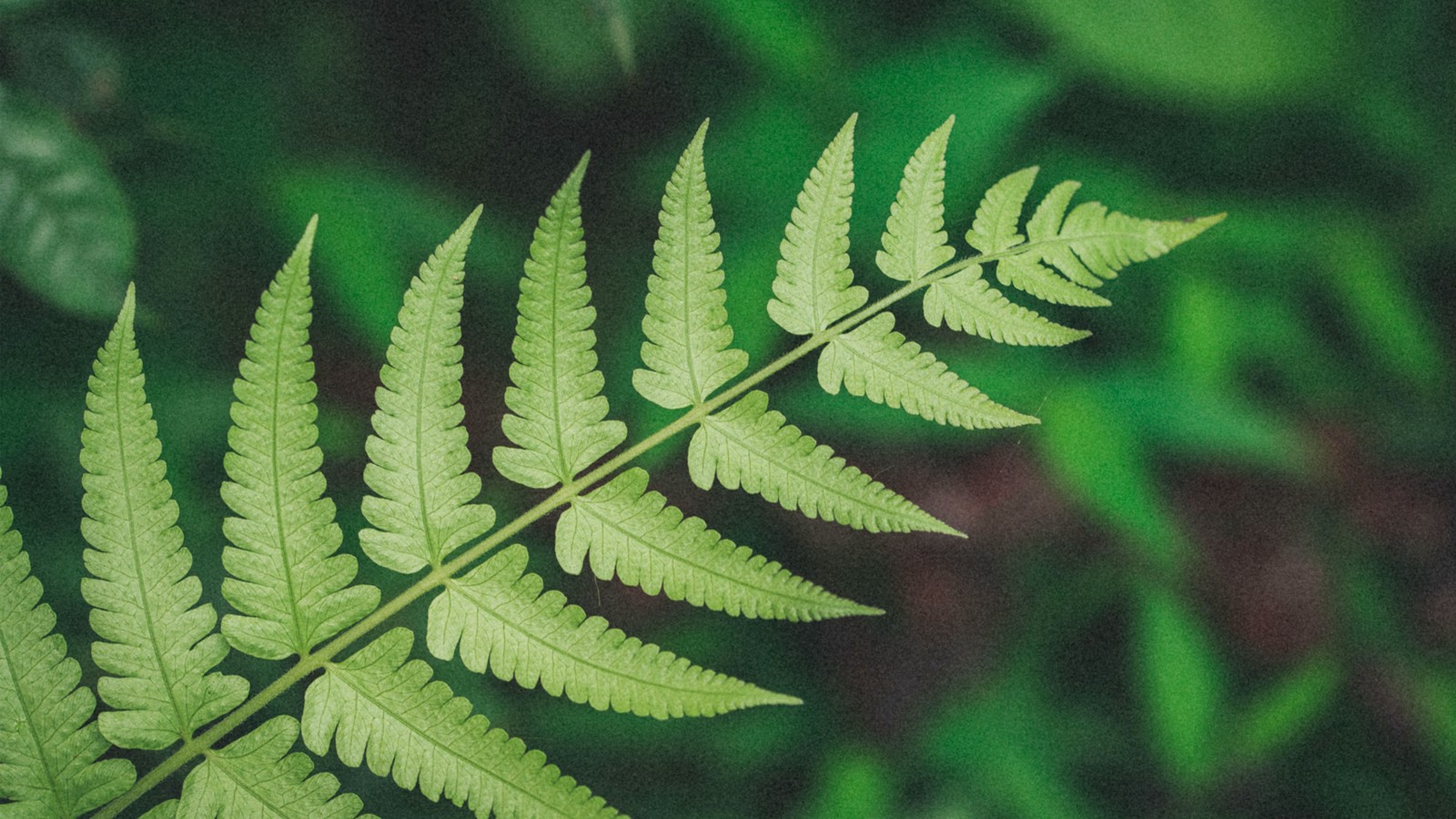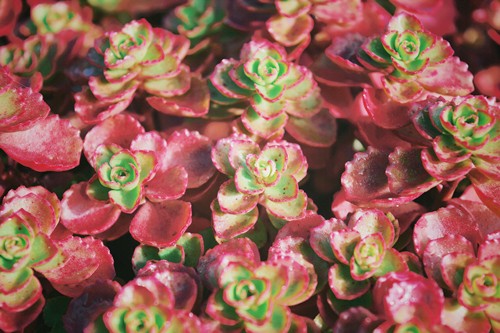
A Little Change for The Diapers, A Big Change for The World | Eco Boom Baby Bamboo Diapers and Wipes Manufacturer
A Little Change for The Diapers, A Big Change for The World | Eco Boom Baby Bamboo Diapers and Wipes Manufacturer

Bamboo is probably the fastest growing terrestrial plant—some species shoot up 2 to 3 feet a day......
Azolla
Azolla is a tiny floating aquatic fern that grows naturally in wetlands all over the world. Individual azolla ferns are about the size of a thumbtack, but they are considered one of the fastest growing species on the planet, as they can double their quantity every other day in warm shallow water. The reason for this is their ability to absorb atmospheric nitrogen and convert into a form of all-natural, fast-acting fertilizer. Humans have been taking advantage of this trait for millennia, incorporating azolla as a member of aquatic polycultures, primarily in the rice padis of Asia. In recent times, azolla has been grown as a form of organic fertilizer, a source of bio-energy and as a sustainable alternative to corn and soy for use in livestock feed. Its phenomenal growth rate makes it a promising plant for the purposes of carbon sequestration, which is currently under study at the Azolla Institute.
Algae
Algae range in size from unicellular organisms to giant kelp over a hundred feet in length. Like azolla, their aquatic nature allows an incredibly fast growth rate making them a prime target for biological research. Some species are edible, bringing micronutrients into the human diet that are deficient in modern agricultural crops. Some species are grown as organic fertilizer, while others are used in biological filtration of sewage. But the potential of algae as a fuel source is where it gets really exciting. They can grow in shallow water, even salty water, making it possible to produce fuel on land unsuitable for agriculture. Algae grows so fast, it is harvested weekly, rather than annually. It is estimated that 15,000 square miles of algae production could supply the United States with all of its fuel needs – that’s about 1/7 of the land currently planted in corn in this country. Some algae fuel is already being sold and experts predict that by 2025 the technology will be refined to the point where the price per gallon will break even with the cost of petroleum.
Sedum
Unlike algae and azolla, sedums like it dry. They grow naturally from cracks in the sides of cliffs, meaning they survive both intense heat and extreme cold equally well and have little need for either soil or water. These traits make sedums perfect for vegetating rooftops and walls — they are the preeminent species for living architecture and are already in widespread use for this purpose. Plus, they have beautiful succulent foliage that comes in an array of soft color tones, making it possible for buildings to become living works of art.



Bamboo
Bamboo is probably the fastest growing terrestrial plant—some species shoot up 2 to 3 feet a day, creating enchanting groves in the process. Bamboo is edible, useful for building and can be used to make fiber, paper and a biodegradable alternative to plastic. Of course, there are many other plants that fulfill these purposes, but bamboo has the advantage of being a perennial grass. It can be harvested again and again without replanting, making it useful for reforestation projects to heal land that has been degraded by conventional forms of forestry and agriculture.
Bracken Fern
Some plants grow surprisingly well in conditions that are toxic to others. Bracken ferns, which are a weedy fern species growing on disturbed land all over the world, have an uncanny ability to grow in soils polluted with heavy metals, like lead, nickel, cadmium, copper and arsenic. Scientists have been experimenting with using them to remove heavy metals from contaminated industrial sites. After being allowed to mature, the ferns are then harvested and incinerated. The resulting ash contains large quantities of the precious metals which are then recycled for other uses.
Chestnuts
Like perennial wheat, chestnuts have the potential to serve as a staple food source that improves environmental quality rather than degrades it, as most modern agricultural systems do. They are enormous trees that live for hundreds of years, and, unlike most nut crops, they are relatively low in protein and high in carbohydrates, with a nutritional composition roughly equivalent to potatoes. Their high-calorie, low-protein nutritional profile makes them one of the only tree nuts suitable as a staple food. In fact, they were the number one staple food in the hilly regions of the Mediterranean basin in southern Europe until the early 19th century, where they were ground into flour and used for bread. Chestnut trees thrive in the dry, infertile soils of the region, where grains cannot be cultivated on a large scale. Thus, they have the potential to make marginal agricultural lands into highly productive forested landscapes, with all the benefits of natural forests and none of the environmental costs associated with the large-scale production of annual grains.



Copyright © 2019 XIAMEN MK HEALTH CARE PRODUCT CO., LTD . | All Rights Reserved
We are here to help you! If you close the chatbox, you will automatically receive a response from us via email. Please be sure to leave your contact details so that we can better assist